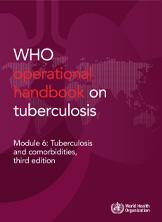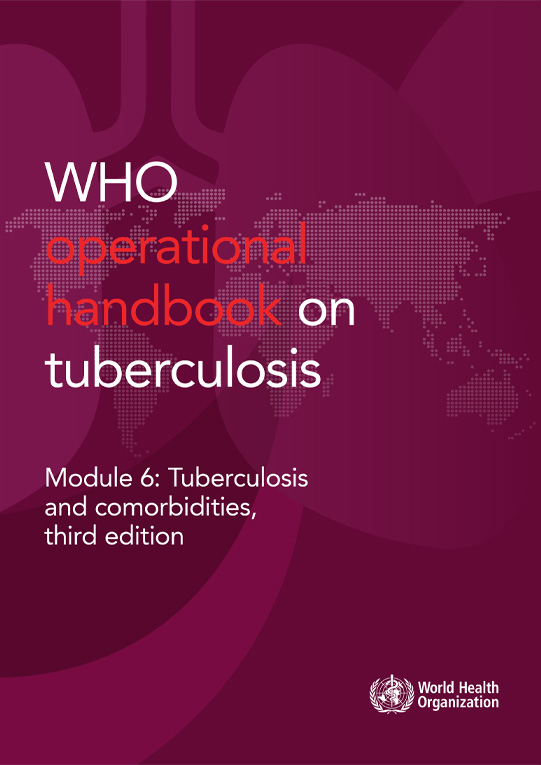1. Mental health conditions and substance use disorders: background and rationale
Mental disorders¹ are prevalent in all countries (8). Nearly 1 billion people worldwide are living with a mental disorder, which has become the leading cause of years of living with disability. The risk factors for developing a mental disorder are multi-faceted and may include any combination of individual factors (psychological or biological), family or community factors (such as poverty or violence), and structural factors (such as inequality or environmental emergencies) (11).

 Feedback
Feedback

